You're all set to embark on a remote trekking adventure in Nepal—how about the Kanchenjunga Circuit Trek?
"Kanchenjunga," meaning "Five Treasures of Snow" in Tibetan, derives its name from its five peaks, with the highest summit towering at 8,586 meters (28,169 feet). These majestic mountains are steeped in local folklore and hold deep cultural significance for indigenous communities. At the same time, it offers trekkers a glimpse into a rich tapestry of traditions.
However, experiencing the Kanchenjunga Circuit Trek requires careful planning and understanding of the rugged terrain and logistical challenges. Let's delve into a detailed guide about this extraordinary trekking experience.
About Kanchenjunga
The Kanchenjunga Circuit Trek is nestled in the heart of the eastern Himalayas, spanning the border between Nepal and Sikkim. Kanchenjunga itself, the third highest mountain globally, towers majestically alongside peaks like Chang Himal, Tent Peak (5,663 m/18,684 ft), Mt. Kambachen (7,902 m/25,925 ft), and Mt. Janu (7,710 m/25,300 ft). The trek offers breathtaking vistas of these giants, alongside glimpses of eight-thousanders, such as Mt. Everest (8,849 m/29,032 ft) and Mt. Cho Oyu.
This trek is a harmonious blend of cultural wonders and natural heritage. The region boasts diverse indigenous communities, including the Limbu and Rai in the lower reaches and the Sherpa and Tibetan-Bhutia people in the upper areas. Each group enriches the trekking experience with its unique customs, languages, and traditions, offering you a cultural journey like no other.
Trekking Routes
The Kanchenjunga Circuit Trek offers two distinct routes to explore this majestic region: the North Base Camp and the South Base Camp routes.
The Kanchenjunga Circuit trek spans approximately 200 kilometers round trip, typically taking 20-25 days to complete. Beginning from Taplejung, the route ascends gradually through lush forests and terraced fields as in the higher elevations where alpine landscapes and quaint villages unfold. The trail progresses through diverse terrain, from steep inclines to serene valleys, and includes strategic acclimatization stops to adapt to the altitude gain, reaching a maximum height of 5143 meters at North Base Camp (Pang Pema). This trek offers a rewarding journey, showcasing the raw beauty of Kanchenjunga's north face, glaciers, and pristine surroundings along the way.
Difficulty Levels: The Kanchenjunga Circuit trek is renowned for its challenging terrain, reaching elevations up to 5143 meters at Pang Pema. Rapid altitude changes it demands excellent physical fitness and careful acclimatization.
Scenic Highlights: Trekkers on this route are treated to breathtaking views of Kanchenjunga's north face, featuring stunning peaks and glaciers. The journey traverses through remote villages and rugged mountain landscapes, offering glimpses of pristine natural beauty. Highlights also include encounters with diverse flora and fauna within the Kanchenjunga Conservation Area, as well as rich cultural interactions in local villages.
Duration and Distance: Typically spanning 20-25 days, the trek covers approximately 200 kilometers (125 miles) round trip. It involves gradual ascents and descents, with several acclimatization days strategically placed to facilitate adjustment to high altitudes.
Preparing for the Trek
Physical Preparation
To prepare physically for the Kanchenjunga Circuit Trek, focus on building endurance, strength, and stamina. Incorporate regular cardiovascular exercises like running, cycling, or hiking to improve overall fitness and stamina. Include strength training to strengthen leg muscles, core stability, and upper body strength, essential for carrying a backpack and navigating uneven terrain. Stair climbing helps simulate uphill trekking conditions, while long hikes in your local area help condition muscles and test endurance. Consistency is key, so gradually increase the intensity and duration of workouts to prepare effectively for the trekking challenges ahead.
Required Permits and Documentation
To trek the Kanchenjunga Circuit, a restricted area trekking zone, securing permits is mandatory through a registered trekking company, similar to the Nar Phu and Manaslu treks. These permits include the $20 per person per week Restricted Area Permit (RAP) and the Rs 2000 Kanchenjunga Conservation Area Permit (KCAP). The agency ensures efficient handling of permit applications and compliance with local regulations for a seamless trekking experience in this pristine Himalayan region.
Packing Essentials
When packing for the Kanchenjunga Circuit trek, focus on essentials like clothing and gear suited for varied weather conditions. Pack layers for warmth, including waterproof jackets and sturdy hiking boots. Carry a basic first aid kit with essential medications, blister treatments, and sunscreen. Bring high-energy snacks, water purification tablets, and a refillable water bottle for hydration along the trekking route.
The Trekking Experience
The 24-day Kanchenjunga Circuit trek unfolds with a journey through varied landscapes and cultural encounters. Beginning with a flight to Bhadrapur and a scenic drive to Ilam and Taplejung, the trek starts gently. As we trek from Taplejung through villages like Mitlung, Chirwa, and Sekathum, we experience the local hospitality and lush greenery.
The journey takes trekkers across rugged terrain, through dense forests of rhododendron and pine, past cascading waterfalls, and past picturesque villages.
The trail gradually ascends, passing through Amjilosa and Gyabla, where dense forests give way to majestic mountain views. Acclimatization in Ghunsa prepares us for higher altitudes as we continue to Khambachen and Lhonak, reaching north Kanchenjunga Base Camp (Pangpema).
Finally, the trek over Selele Pass reaches Tseram. The next day, you have a side trip or a day hike to the south Kanchenjunga Base Camp (Oktang), explore the surrounding views of the peaks and end your day at Ramche.
Descending through Tortong, Yamphudin, and Khebang, you immerse yourselves in Limbu and Rai cultures. Along the way, you'll also encounter stunning views of Mt Jannu, and the world's third-highest peak, Kanchenjunga.
Tips to Make Kanchenjunga Circuit Trek Successful
Fitness Preparation: Prioritize physical fitness with cardio, strength training, and altitude acclimatization exercises to handle the challenging terrain and high altitudes effectively.
Proper Gear: Pack essential trekking gear, including sturdy hiking boots, warm clothing layers, a reliable sleeping bag, and trekking poles for stability on uneven trails.
Hydration and Nutrition: Stay hydrated and maintain a balanced diet with high-energy snacks. Carry water purification tablets or a portable filter for safe drinking water along the trek.
Weather Awareness: Be prepared for unpredictable weather changes in the Himalayas. Check local forecasts and pack waterproof gear to stay dry and comfortable during rain or snow.
Cultural Sensitivity: Respect local customs and traditions. Learn basic phrases in Nepali or the local language to communicate with villagers, enhancing cultural exchanges and experiences along the trek.
Conclusion
The Kanchenjunga Circuit trek beckons adventurers with its unparalleled blend of natural splendor and cultural richness. As you navigate through rugged terrain and remote villages, you'll witness the awe-inspiring north and south faces of Kanchenjunga, adorned with majestic peaks and glaciers.
This journey builds physical endurance and offers profound moments of connection with diverse flora, fauna, and local communities. For those seeking an authentic Himalayan experience, Nepal Trekking Experts stand ready to guide you through every step of this remarkable adventure.

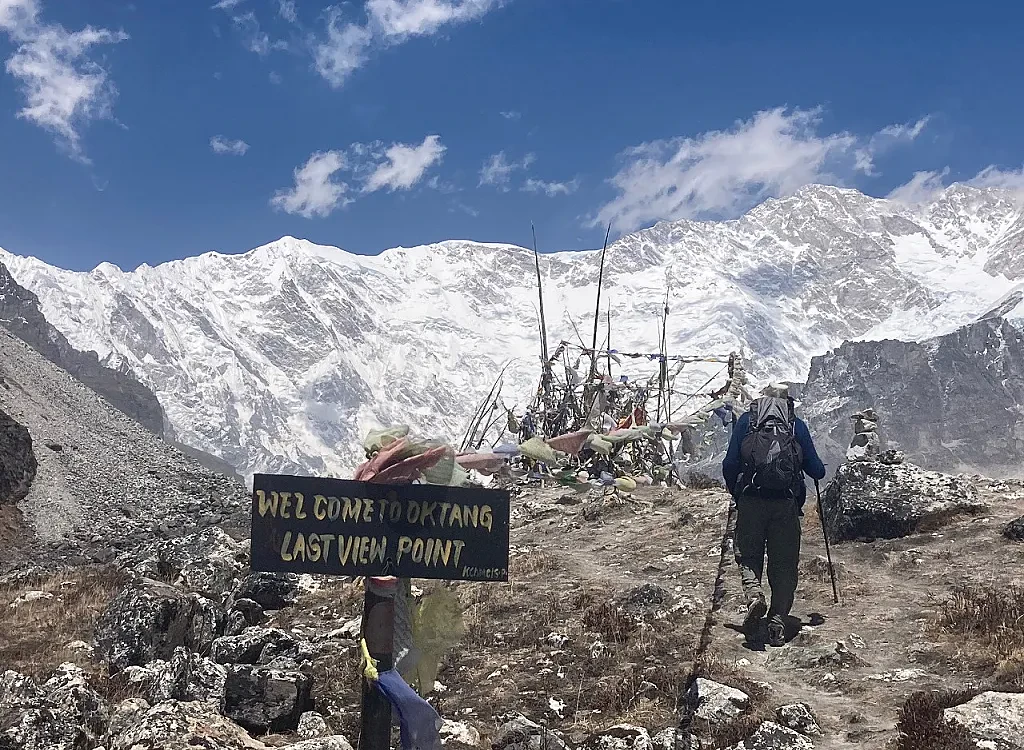
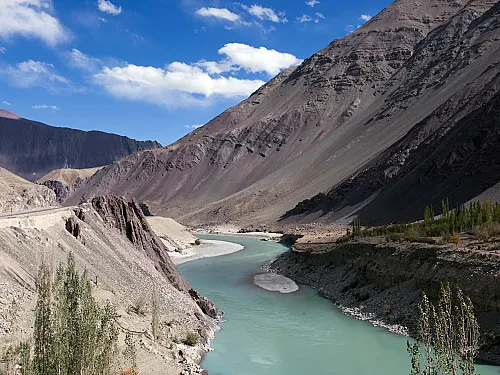
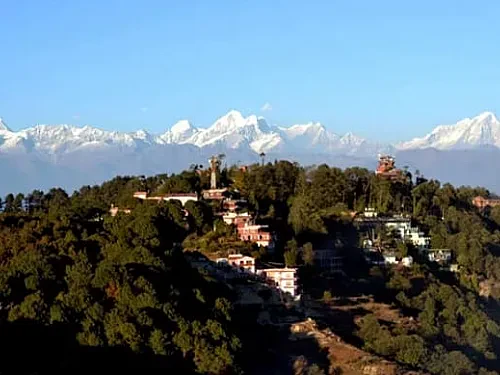
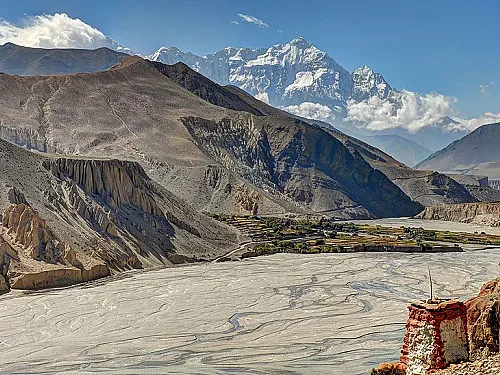
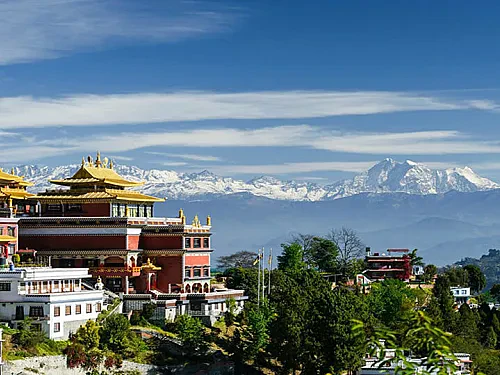
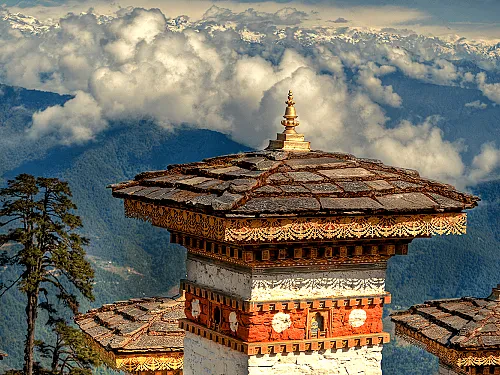
Comments